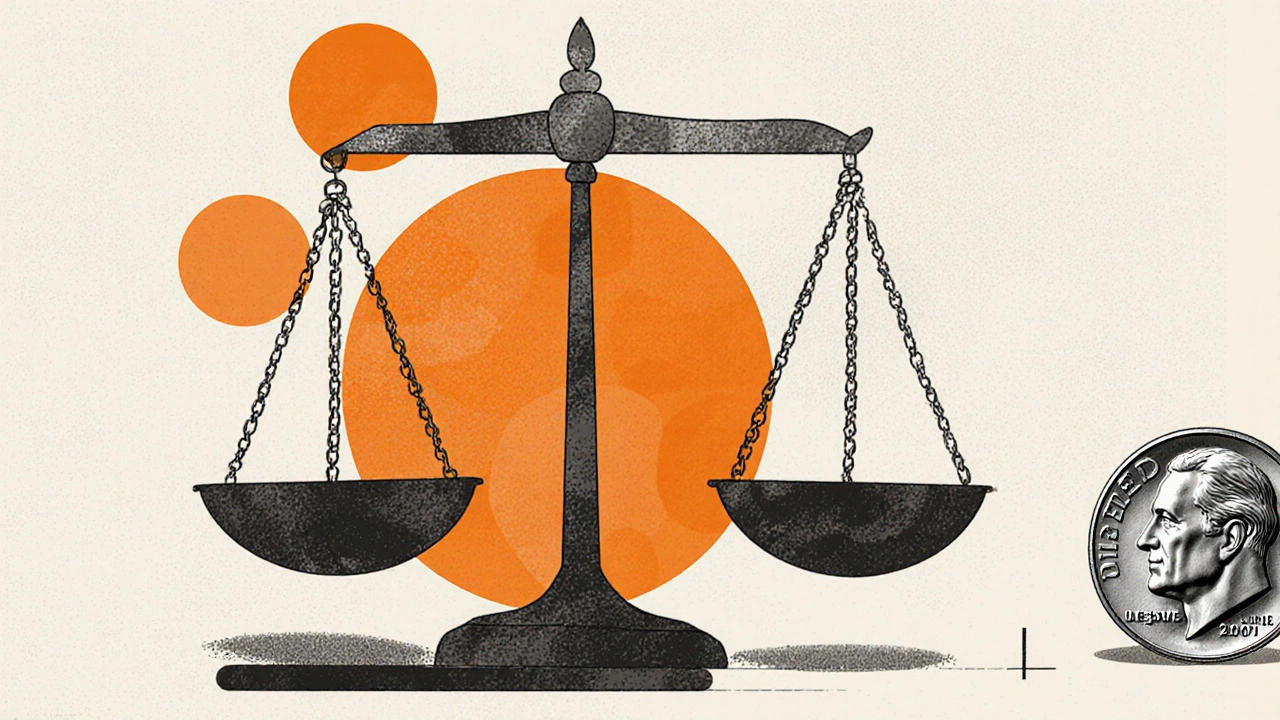US Dollar
When working with US Dollar, the world’s primary reserve currency issued by the United States Treasury and managed by the central bank. Also known as USD, it serves as the benchmark for international trade, pricing of commodities, and cross‑border payments. Its reach touches everything from a South African retailer buying oil to an African fintech platform offering stablecoin swaps. Understanding how the dollar moves helps you read market signals and make smarter financial choices.
The Federal Reserve, the U.S. central bank that sets monetary policy and controls interest rates. Also called Fed, it decides how many dollars enter the system through tools like open market operations and the discount rate. Because the Fed adjusts supply based on inflation targets, a change in policy often ripples through the inflation, the general rise in prices that erodes purchasing power. When the Fed raises rates, the dollar usually strengthens, pulling down imported‑goods costs and cooling inflation. Conversely, rate cuts can weaken the dollar and push prices up.
In the foreign exchange market, the global network where currencies are bought and sold 24/7, the US Dollar dominates with a share of over 80% of daily turnover. Traders quote the dollar index, a weighted measure of the dollar against a basket of major currencies to gauge its strength. A strong dollar lowers the cost of importing goods for African economies but also makes their exports pricier. Exchange‑rate fluctuations affect everything from remittances sent home by workers abroad to the price of bitcoin in local markets.
US Dollar and the Crypto Landscape
Crypto enthusiasts watch the US Dollar closely because many digital assets are priced in dollars. When the dollar rises, stablecoins like USDC maintain their peg, while Bitcoin and other coins often dip as investors seek dollar‑denominated safety. The interaction works both ways: large crypto inflows can pressure the dollar’s demand, especially in regions where traditional banking is limited. African crypto platforms now offer dollar‑linked savings products, blending fiat stability with blockchain speed. This crossover shows how the dollar’s policy moves can ripple through decentralized finance, influencing liquidity, yield rates, and even regulatory discussions.
Below you’ll find a curated set of articles that dig deeper into these dynamics—whether you’re tracking the Fed’s next move, comparing exchange‑rate trends across African markets, or watching how dollar‑priced crypto assets react to monetary shifts. Dive in to see practical analysis, real‑world examples, and actionable insights that help you stay ahead of the curve.
US Dollar Holds Steady as Traders Await Key US Data
The US Dollar stayed firm on Thursday after a strong rally against its peers on Wednesday. Traders are bracing for a slew of US reports, including durable goods orders, jobless claims and a Q2 GDP revision. The Dollar Index has surged over 2% since early August lows, now eyeing a technical breakout. Fed speeches could add further direction while recent labor data keeps rate‑cut hopes alive.
